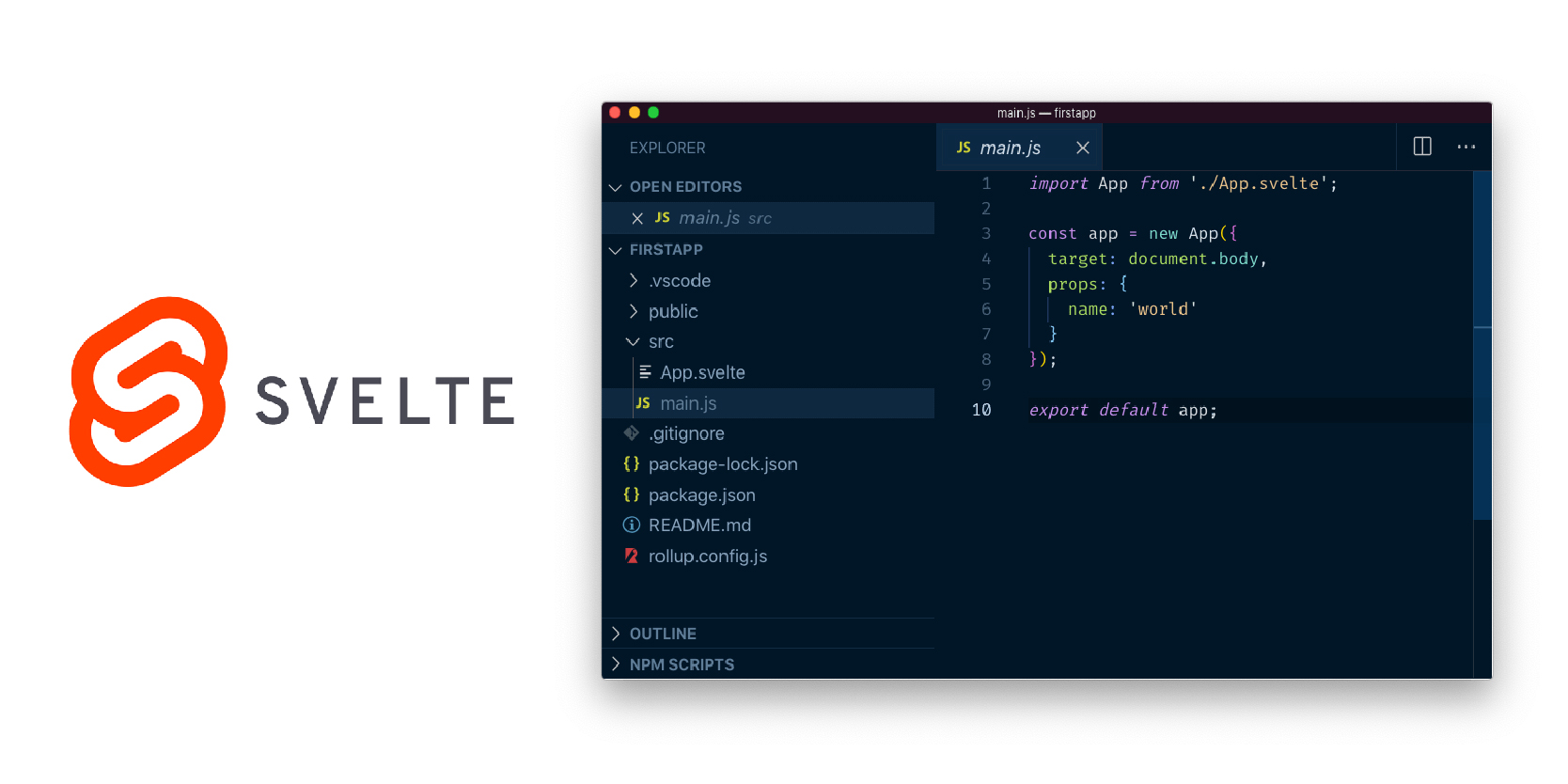React has been a popular choice for front-end development due to its robust ecosystem and extensive community support. However, Svelte is emerging as a compelling alternative that offers several distinct advantages, especially for projects where performance and developer productivity are priorities. Here’s a closer look at what makes Svelte a serious contender against React.
What Makes Svelte Stand Out?
Streamlined Performance
Svelte operates differently from React by eliminating the virtual DOM. It compiles components into efficient JavaScript that updates the DOM directly, which can lead to faster page loads and smoother interactions. This makes Svelte an excellent choice for performance-critical applications.
Less Code, More Action
Svelte reduces the amount of boilerplate code required to achieve the same functionality. This simplicity comes from its reactive update model—changes in your code directly and immediately update the UI without the need for additional state management tools or complex lifecycle methods.
Built-In State Management
Unlike React, which often requires external libraries like Redux for state management, Svelte’s reactivity is built into its core. Any variable declared in Svelte’s script becomes reactive by default, simplifying state management across the application.
Enhanced Developer Experience
Svelte’s design promotes a cleaner and more intuitive coding experience. Features like scoped CSS and built-in transitions simplify adding styles and animations without extra dependencies, making the development process smoother and more integrated.

Considerations Before Switching to Svelte
Despite its benefits, there are several factors to consider if you’re thinking about moving from React to Svelte:
Community and Resources
React’s community is vast, offering an abundance of resources, libraries, and third-party tools. Svelte’s community, while active and growing, is smaller, which might limit support and resources available for developers.
Market Adoption
React dominates the job market with more opportunities available for its developers. Svelte’s adoption is on the rise, but it’s still less prevalent in job listings, which could be a consideration for career-focused developers.
Compatibility and Integration
React’s mature ecosystem means it integrates well with a myriad of other tools and platforms. Svelte, being newer, may have fewer integration options available, which could be a challenge when working with complex or legacy systems.
Is Svelte Right for Your Next Project?
Choosing between Svelte and React depends on your project’s specific needs, your team’s familiarity with the technologies, and your long-term development goals. If you’re starting a new project and are looking for a framework that offers speed, efficiency, and a developer-friendly approach, Svelte is worth considering. For projects that rely heavily on third-party libraries or require a vast talent pool, React might still be the better fit.
Svelte’s innovative approach to web development—focusing on less code and built-in reactivity—makes it an attractive option for developers interested in exploring modern JavaScript frameworks beyond the mainstream choices.



